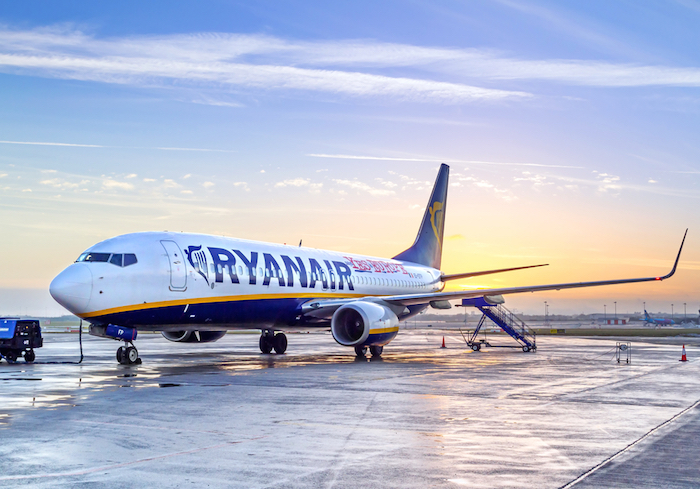
Europe’s airlines are bouncing back from the pandemic-induced collapse of international travel.
At least, some of them are.
In a recently published trading update, British low-cost airline EasyJet announced an increase in passenger count to 5.43 million in December, representing a “load factor” of 87%. In other words, the budget airline managed to fill 87% of available seats on its flights.
But while the company recorded a load factor increase during the past year, that number still fell short of the 7.2 million passengers that filled 91.3% of available seats in December 2019.
Airlines track these metrics for obvious reasons. More passengers and fewer empty seats mean greater revenues and better margins.
Accordingly, after hemorrhaging money for three years, EasyJet has been working to cut its quarterly losses and return to pre-pandemic passenger volumes, announcing that it expects to post its first full-year profit since the onset of the pandemic in the current financial year.
Irish airline Ryanair, on the other hand, is likely one of few air travel companies worldwide to have already burst back into positive quarterly margins.
In an earnings statement published on Monday (Jan. 30), the firm reported that passenger numbers for the quarter through December climbed to a record 38.4 million — 7% higher than the same period in 2019.
As a result of its strong passenger count recovery and a load factor that has returned to above 90%, Ryanair posted net profits of 211 million euros (about $230 million) in the quarter.
In a conference call on Monday (Jan. 30), Michael O’Leary, Ryanair group CEO, put these strong results down to increased fares following strong demand over the holiday period.
He said that the airline has made “very strong market share gains in most of our major markets like Italy, Ireland and Spain, where competitors have removed significant capacity or are retreating from competition with us.”
Coincidentally, on the same day that O’Leary presented Ryanair’s latest results, Norway’s budget airline Flyr filed for bankruptcy. As the company stated on its website, Flyr “was not successful with a new financing plan,” leading the board to conclude “that, unfortunately, there are no alternatives for further operation.”
The news of Flyr’s collapse comes just days after British carrier Flybe, another low-cost airline, ceased trading and was put under administration.
With two fewer players now operating in Europe’s budget flight market, O’Leary’s observation that Ryanair’s competitors are on the retreat is hard to contest. And as Flybe and Flyr have both ceased trading and canceled all scheduled flights, it has created more room for Ryanair to snap up passengers going forward.
In fact, Flybe’s bankruptcy could offer more of an immediate opportunity to Ryanair given their geographic overlap, with both companies flying several routes between airports in the U.K. and Ireland.
Ryanair also operates flights in and out of Sandefjord airport in Norway, which creates the possibility that former Flyr customers could turn to the Irish firm as an alternative, especially as Sandefjord is less than a two-hour drive from Flyr’s main air transport hub in Oslo.
For all PYMNTS EMEA coverage, subscribe to the daily EMEA Newsletter.